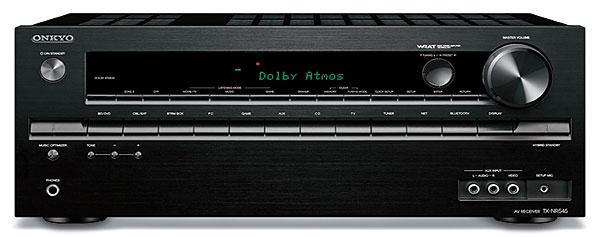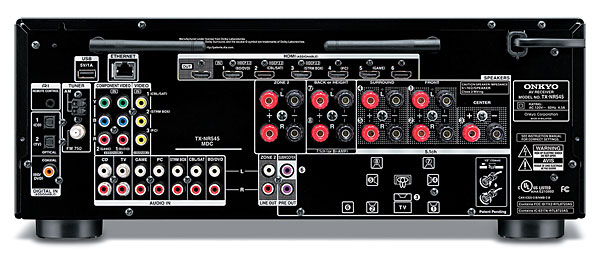"My argument in one sentence is: Three channels in front, four in back—what’s wrong with this picture?"
Surround channels in film were never rear channels. The surround channels in cinemas always ran along the side of the auditorium and then followed along the back wall. To this day, you will see the majority of the surround speakers are still arrayed along the side of the auditorium. When surround EX was investigated by Home THX and Dolby for the release of "The Phantom Menace", the question was how can we add additional channels to the 5.1 already imprinted Dolby SR-D soundtrack on film. The solution was a matrixing of LS and RS to achieve a center rear channel. This evolved eventually into two rear channels. However, please don't refer to surround channels as "rear channels".



































































